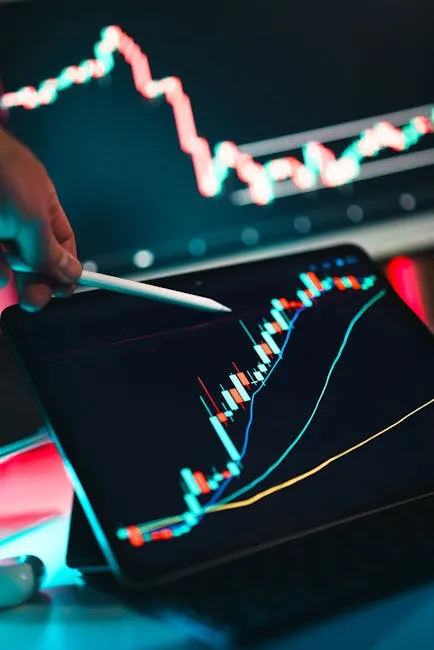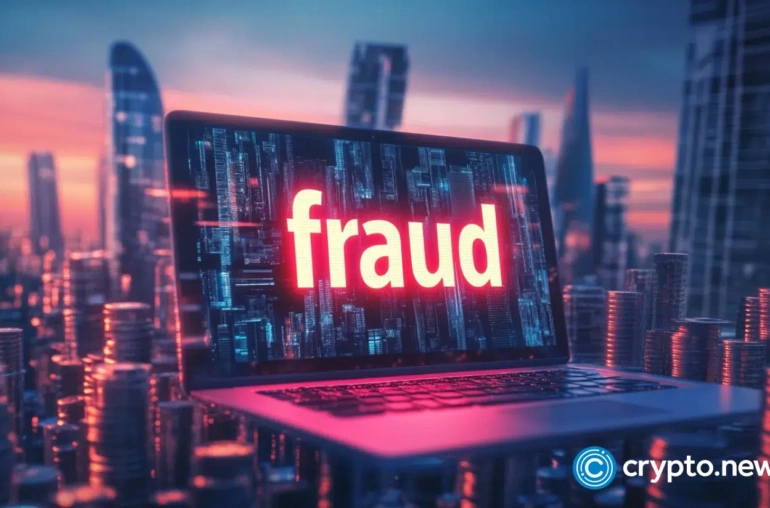
Trump’s WLFI Crypto Project at a Crossroads
The cryptocurrency world is watching closely as World Liberty Financial (WLFI), the crypto project linked to former U.S. President Donald Trump, undergoes its first major stress test in decentralization. A pivotal governance vote is now underway to determine whether WLFI tokens will become tradable—a decision that could reveal just how community-driven this controversial project truly is.

The Decentralization Dilemma
The vote centers on a proposal to unlock tradability for WLFI tokens, which would allow holders to buy and sell freely on exchanges. While this seems like a routine step for most crypto projects, WLFI’s unique political ties and early backer dynamics make this a high-stakes moment.
Key questions loom:
- Will early investors cash out en masse, or hold for long-term growth?
- How much influence does the core team—and by extension, Trump-affiliated figures—still wield over tokenomics?
- Can WLFI transition from a politically charged meme project to a functionally decentralized ecosystem?
Early Backers Under the Microscope
Analysts are particularly focused on the behavior of WLFI’s initial supporters. The project gained traction quickly due to its association with Trump’s “financial freedom” messaging, but concerns persist about centralization risks. Blockchain data shows that a significant portion of tokens remains held by the founding team, raising fears of potential market manipulation if trading goes live.
“This vote isn’t just about liquidity—it’s a litmus test for whether WLFI can survive as anything more than a politically branded pump-and-dump,” noted crypto researcher Elena Petrov. “True decentralization means relinquishing control, and that’s historically been challenging for celebrity-linked tokens.”
What’s Next for WLFI?
The voting period is expected to conclude within days, with results likely to trigger immediate market reactions. Proponents argue that enabling trading will boost adoption and align WLFI with mainstream DeFi protocols. Critics warn that premature liquidity could expose the project to volatility and speculative attacks.
For now, all eyes are on the blockchain—and whether WLFI’s community can prove it has the independence to steer this ship forward.
Will WLFI pass its decentralization test, or will political ties keep it anchored to centralized control? The answer may reshape perceptions of celebrity crypto projects for years to come.



